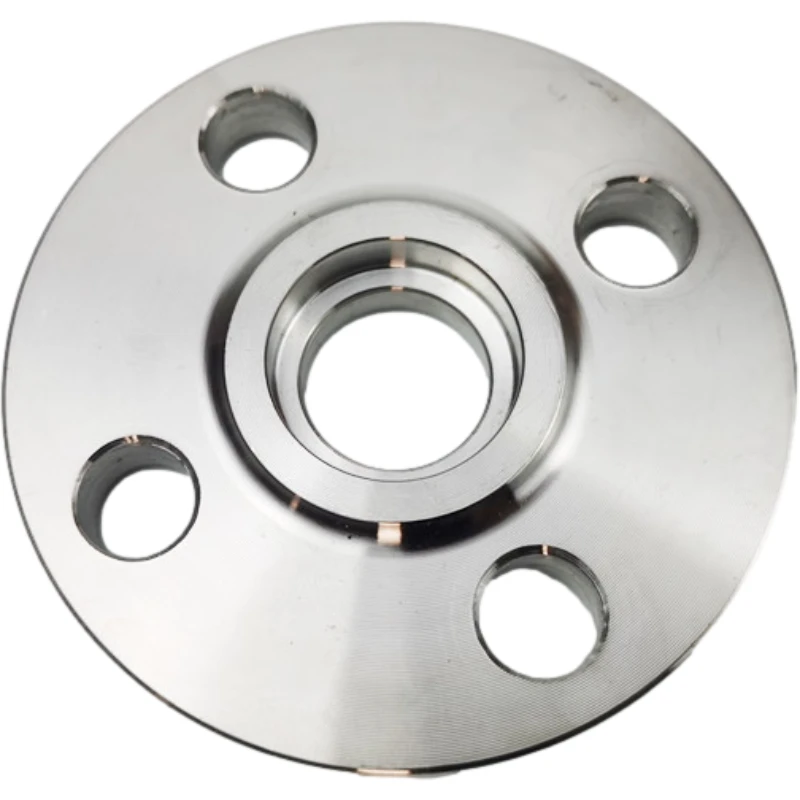-
Cangzhou Yulong Steel Co., Ltd.
-
Phone:
+86 13303177267 -
Email:
admin@ylsteelfittings.com
- English
- Arabic
- Italian
- Spanish
- Portuguese
- German
- kazakh
- Persian
- Greek
- French
- Russian
- Polish
- Thai
- Indonesian
- Vietnamese
- Zulu
- Korean
- Uzbek
- Hindi
- Serbian
- Malay
- Ukrainian
- Gujarati
- Haitian Creole
- hausa
- hawaiian
- Hebrew
- Miao
- Hungarian
- Icelandic
- igbo
- irish
- Japanese
- Javanese
- Kannada
- Khmer
- Rwandese
- Afrikaans
- Albanian
- Amharic
- Armenian
- Azerbaijani
- Basque
- Belarusian
- Bengali
- Bosnian
- Bulgarian
- Catalan
- Cebuano
- China
- China (Taiwan)
- Corsican
- Croatian
- Czech
- Danish
- Esperanto
- Estonian
- Finnish
- Frisian
- Galician
- Georgian
- Kurdish
- Kyrgyz
- Lao
- Latin
- Latvian
- Lithuanian
- Luxembourgish
- Macedonian
- Malgashi
- Malayalam
- Maltese
- Maori
- Marathi
- Mongolian
- Myanmar
- Nepali
- Norwegian
- Norwegian
- Occitan
- Pashto
- Dutch
- Punjabi
- Romanian
- Samoan
- Scottish Gaelic
- Sesotho
- Shona
- Sindhi
- Sinhala
- Slovak
- Slovenian
- Somali
- Sundanese
- Swahili
- Swedish
- Tagalog
- Tajik
- Tamil
- Tatar
- Telugu
- Turkish
- Turkmen
- Urdu
- Uighur
- Welsh
- Bantu
- Yiddish
- Yoruba

Dec . 24, 2024 22:15 Back to list
Techniques for Bending Metal Pipes Effectively and Efficiently in Various Applications
Bending a Metal Pipe Techniques, Applications, and Considerations
Bending metal pipes is a fundamental process in various industries, including construction, automotive, aerospace, and manufacturing. The technique involves altering the shape of a pipe to meet specific design requirements. Whether for aesthetic purposes, structural integrity, or functional use, the ability to bend metal pipes efficiently and accurately is an essential skill for engineers and fabricators alike.
Understanding Metal Pipe Bending
Metal pipe bending refers to changing the straight geometry of a pipe into a curved shape without compromising the structural integrity of the material. The most common methods for bending pipes include heat bending, mandrel bending, and roll bending. Each technique has its advantages and is suited to different applications.
1. Heat Bending This method involves heating the pipe to a specific temperature before bending it. Materials like aluminum and certain steel alloys can become malleable when heated, allowing for smoother bends without cracking. Heat bending is commonly used for creating custom designs and is particularly useful for small production runs or prototypes.
2. Mandrel Bending This is a more advanced bending technique that uses a mandrel, a tool that supports the inside of the pipe during the bending process. By preventing deformation, mandrel bending ensures that the bend maintains a consistent radius and that the material does not collapse or crimp. This method is favored in industries requiring precise curves, such as automotive exhaust systems and structural components.
3. Roll Bending Roll bending involves passing the pipe through a series of rollers that gradually shape it into the desired curve. This technique is efficient for producing large quantities of curved pipes with a uniform radius. It is commonly found in the manufacturing of pipelines and structural steel components.
Applications of Bending Metal Pipes
Bending metal pipes serves a broad spectrum of applications across various industries. In construction, bent pipes are used for frameworks, railings, and architectural designs. In the automotive industry, they play a critical role in exhaust systems, chassis components, and suspension systems, where weight and aerodynamics are crucial. Additionally, in aerospace, bent pipes are essential for fuel lines, hydraulic systems, and air ducts, where precision and reliability are non-negotiable.
bending a metal pipe

Beyond industrial applications, metal pipe bending finds its place in everyday life. Decorative furniture, home fixtures, and artistic installations often utilize bent metal pipes to create visually appealing designs while fulfilling functional roles. The versatility of metal bending makes it an integral part of modern manufacturing and design.
Considerations for Metal Pipe Bending
While bending metal pipes can be a straightforward process, several considerations must be taken into account to ensure successful results.
1. Material Properties Different metals exhibit varying degrees of malleability and ductility. Understanding the properties of the material being used is crucial. For instance, stainless steel typically requires more force to bend compared to aluminum, which is more forgiving.
2. Bend Radius The bend radius is critical to maintaining the structure of the pipe. A bend that is too tight could lead to kinks or weak spots in the material. Each material has an optimal bend radius that should be adhered to during the bending process.
3. Equipment Used The choice of bending equipment is also vital. Manual benders might be sufficient for small projects, but larger or more complex jobs may require automated machinery for precision and efficiency.
4. Quality Control Bending can introduce stresses into the material, especially if not done correctly. It is essential to monitor the quality of the bend through testing and inspection to ensure that it meets engineering standards.
Conclusion
Bending metal pipes is a versatile and necessary process across many sectors. By understanding the various techniques, applications, and considerations involved, engineers and fabricators can effectively meet the challenges posed by metal fabrication. As technology advances, the efficiency and precision of metal pipe bending are likely to improve, further expanding its applications and enhancing the role of bent metal structures in our daily lives. Whether for industrial use or artistic expression, the art of bending metal pipes remains an essential component of modern design and engineering.
Latest news
-
ANSI 150P SS304 SO FLANGE
NewsFeb.14,2025
-
ASTM A333GR6 STEEL PIPE
NewsJan.20,2025
-
ANSI B16.5 WELDING NECK FLANGE
NewsJan.15,2026
-
ANSI B16.5 SLIP-ON FLANGE
NewsApr.19,2024
-
SABS 1123 FLANGE
NewsJan.15,2025
-
DIN86044 PLATE FLANGE
NewsApr.19,2024
-
DIN2527 BLIND FLANGE
NewsApr.12,2024
-
JIS B2311 Butt-Welding Fittings LR/SR 45°/90° /180°Seamless/Weld
NewsApr.23,2024











